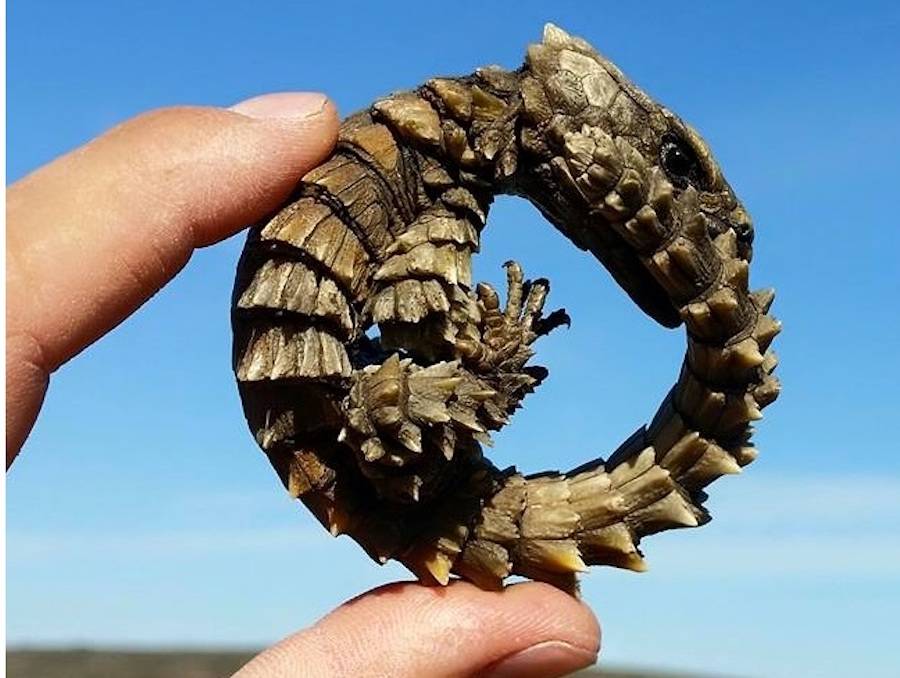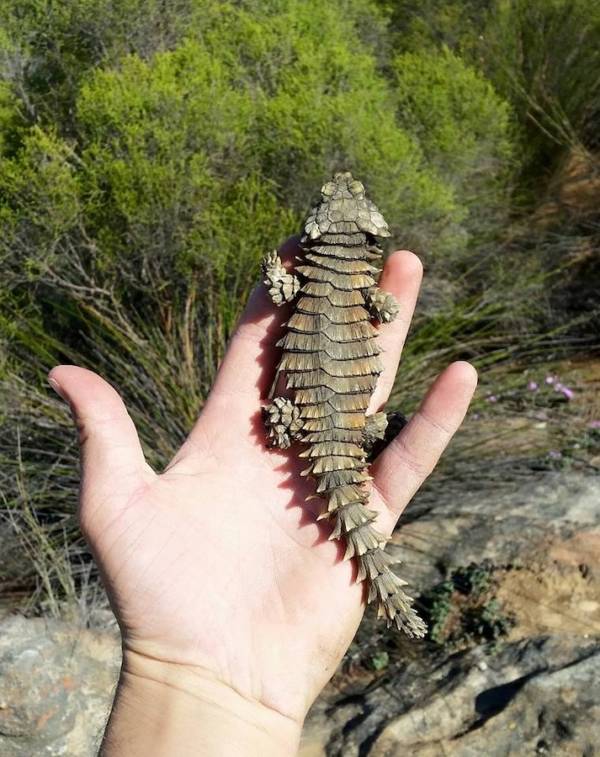
It is listed on Appendix II of the Convention on International Trade in Endangered Species (CITES), which means that any international trade in this species should be carefully monitored. It is very easy for wildlife traffickers to catch because it moves so slowly and often lives in large groups – two traits that make it extremely vulnerable. Unfortunately the Armadillo Girdled Lizard is threatened by illegal and heavy collection for the pet trade. Females have even been spotted feeding her young, which is quite unusual for a lizard – rarely do you see such nurturing parental care in the reptile world!Īlthough trade in this lizard is illegal in South Africa, it still happens. Most lizards lay eggs right? Most … but not all! This lizard actually gives birth to anywhere between 2 to 4 live young per clutch. Unfortunately, this lizard is not about to break any world speed records – it is a rather slow runner which might be why it depends heavily on the “ball technique” when threatened instead of a fast escape. Okay, scurry might not be the best word to use. Secondly, if a lizard spots danger such as a predator while out, it can scurry back to the crevice for safety. When the lizards are in these crevices, they are protected from potential predators who would have one heck of a time trying to remove these armored lizards from such a crack.

These crevices actually serve a couple of different purposes aside from providing a place to escape the hot sun and cool down a bit. If you are like me, you might be asking yourself what the allure of a rock crevice might be when you can have the vast open desert under the hot African sun? In fact, you will often find a large group (sometimes up to 30 individuals) sharing the same rock crevice! But this is not the case for the Armadillo girdled lizard. Most reptiles tend to be loners and not overly sociable creatures. Don’t worry though … it can grow back over time … albeit it takes a while and rarely looks like the original tail. When the tail is dropped, it wiggles and squirms on the ground for a few minutes which serves to either (a) distract the predator long enough for the intended victim to escape, or (b) as a meal for the predator.

Not only can the lizard roll itself into a ball when it feels threatened, it can actually drop its tail as well! It is a defensive trait shared with many other lizards. This position also provides a significant degree of protection to the lizard’s soft underside which lacks all this funky body armor. Named after the armadillo, when it feels threatened and frightened, it will actually grab their tail in their mouth and curl up into this tight ball!īeing one of the most heavily armored reptiles in the world, the exceptionally spiny scales that cover the neck, body and tail turn this lizard into a near completely invulnerable ball. These physical traits make it extremely difficult and quite awkward for predators to attack it while it is curled up in it’s defensive position.ĭefensive position? You mean it is not just showing off some pretty incredible feats of flexibility?
ARMADILLO GIRDLED LIZARD SKIN
But to some, it looks like a little dinosaur with skin that is covered with protective scales along its back and spines on the neck and tail. Growing to an average length between 6 and 8 inches, it is certainly not a monster in the reptile world. Although some of you might know it as the Typical Girdled Lizard, or the Armadillo Spiny-Tailed Lizard … or for the budding herpetologists out there, Cordylus cataphractus.

If you ever find yourself wandering throughout the desert of South Africa, you might just come across this fascinating lizard. Is that lizard eating its own tail? Nope … not quite! Allow me to introduce the amazing (and incredibly creative) defensive technique of the Armadillo girdled lizard!


 0 kommentar(er)
0 kommentar(er)
